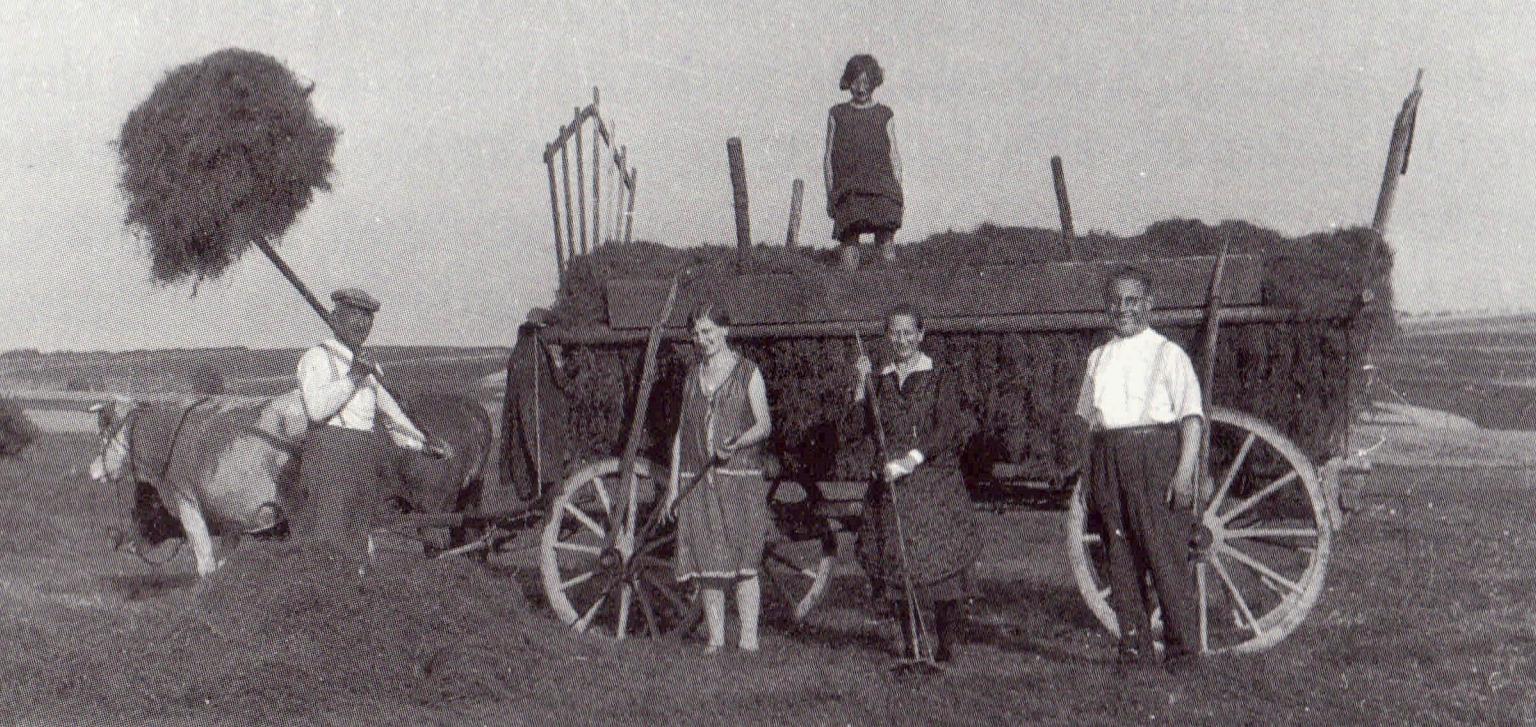
„Awaken from your long slumber!“
In 1867, the Jewish teacher Moses Mayer from Kirchberg, also known as Eppstein, called upon his colleagues through the interregional Jewish newspaper „Allgemeinen Zeitung des Judentums“ to pull even closer together, despite the adverse transport infrastructure „in our secluded region“. He envisioned the Jews living in rural areas to be on the threshold of a new awakening and euphorically interpreted the election of the Jewish merchant, Heymann, into the city council as being indicative of equal participation in public life, as well as a sign of increasing Jewish Emancipation.
„Just as is the case all over Germany, progress has also finally been made in our solitary region. For the first time, a Jew, the merchant Heymann, was elected to the city council, and this solely by non-Jews, during yesterday’s elections. Therefore my colleagues in the districts of Trier and Koblenz, just as the earth in this age awakens to a new life, so too should you gentlemen from the Mosel and Saar, from the Nahe and Glan, awaken from your long slumber!"
Rural Jewish Life
The concept of rural Jewish life was first used at the end of the 20th Century to denote that specific form of German-Jewish life prior to 1933. The area between the Rhine and Mosel Rivers had been inhabited by Jews for at least 1,000 years. They most likely arrived in late antiquity as merchants, soldiers or winemakers in service to the Roman army along the most important transport routes. While the majority of the Jews in the Middle Ages lived in the cities, they fled to Eastern Europe and to the countryside in the face of plague-related pogroms and recurring waves of persecution in the High Middle Ages.
Their settlement in certain villages in the Hunsrück was facilitated by its geographical location between many powerful provincial lords and the territorial fragmentation of the German empire until 1806. Yet, Jews were still unwelcome elsewhere, seemingly just short distances away. Nevertheless, they were financially exploited as so called Schutzjuden (protected Jews), having to pay large sums of money to obtain „residence permits“ as a writ of protection that guaranteed at least a minimum level of security. In the early 1800s, approximately 90% of the German Jews lived in villages and small towns.
Occupational distribution
Despite all the traditional limitations imposed by the mainstream Christian society, Jewish families were able to integrate into the social and economic life prevalent in the small towns and villages. Because the Jews had long been excluded from purchasing land, the vast majority of them became merchants and, in particular, livestock traders. The skilled trades were for the most part limited to those required for practising religious rituals, such as the butcher, baker, dyer and textile processor. In addition, itinerant merchants also travelled from village to village well into the 19th Century, carrying their haberdasheries on their backs. In so doing, Jewish tradesmen formed a link between the urban and the rural societies, built contacts well beyond village boundaries and proved to be mobile, flexible and “well connected".
Conservatism
The French decrees and the Prussian laws offered new freedoms to the rural Jewish population, as well as the recognition of citizenship for the first time. Thus, Jews living in the countryside experienced an unprecedented increase in prosperity during the 19th Century. New Jewish communities were established in more and more Hunsrück villages, although some were so small that they could barely assemble the 10 men prescribed for the Minyan in order to conduct a worship service. The small rural communities could rarely afford a trained rabbi. Nevertheless, religious practices remained largely unchanged over generations, being characterised by a devout piety.
The end of rural Jewish life
The crises accompanying the Weimar Republic effected the Jewish families as well as their Christian neighbours, so that many migrated to the larger cities or emigrated to other countries. The children of the so-called "Viehjuden" (cattle Jews) chose different professions or pursued higher educational opportunities; leaving their villages behind. A transition had begun in rural Jewish life that came to a violent conclusion with the racial politics of the National Socialists. This heralded an end to the centuries-old tradition of rural Jewish life.
